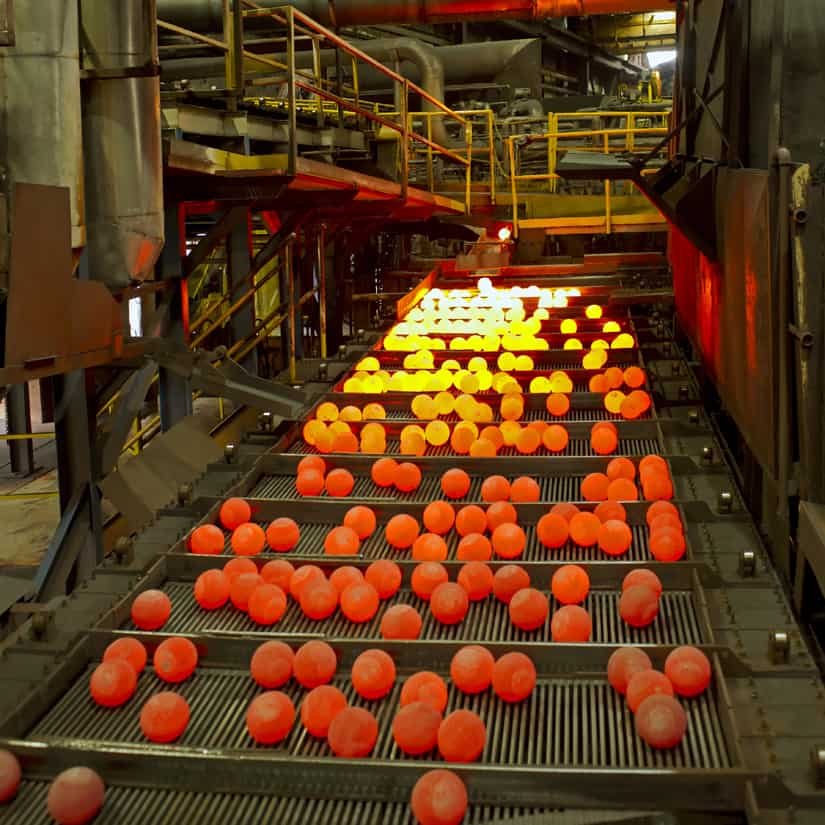Milling and grinding media are designed for ball milling and the grinding of bulk powder or granular materials into finer powder forms. Ceramic bead, hard metal shot, carbide balls, and other ball-shaped media are used. The hardness of the powder or bulk material to grind determines the selection of the media material. Ball milling processes can disperse or mix pigments or fillers into resins, paints, coatings, plastics, rubber, or adhesives.Media grinding is also used to mechanically alloy metal powders, permitting the creation of substances that cannot be formed through other processes. Ball milling media consists of wet, batch units in which water or other liquids and additives aid the grinding process by reducing friction and providing cooling. Ball grinding media uses an abrasive bonded to a wheel, belt, or disc to remove material and improve surface finish. Media mills are also used to disperse powder into a liquid product such as pigment in a paint base.
There are many types of milling and grinding media. Examples include alumina grinding media and chrome grinding media. Alumina grinding media is high-density, and ultra-high fired. It is ideal for wet or dry milling. Chrome grinding media is a high density, very hard product suitable for grinding and milling. Alumina grinding media and chrome grinding media are non-conductive, non-magnetic, tough, hard, non-porous, chip resistant, and easy to clean. Alumina grinding media and chrome grinding media are unaffected by most acids or alkali. They have excellent resistance to mechanical and thermal shock. Ball milling and grinding media can also use hardened steel balls (shots, beads) which are available in different hardnesses in both high-carbon steel and chrome alloy steel. Linear ball mill grinding uses a linear model of balance and substitution for the real distribution for the time of grain processing inside the mill, which is a combination of ideal extrusion and ideal mixing.
Milling and grinding media
Share on facebook
Share on twitter
Share on linkedin

- Peter
- April 9, 2015
- 9:46 am
- No Comments
内容目录
Peter
Hi, I’m Peter, the founder of skewrollingmills.com, I’ve been running a company in China that producing grinding steel balls skew rolling mill equipment for 8 years now, and the purpose of this article is to share with you the knowledge related to grinding steel ball process from a Chinese supplier’s perspective.

